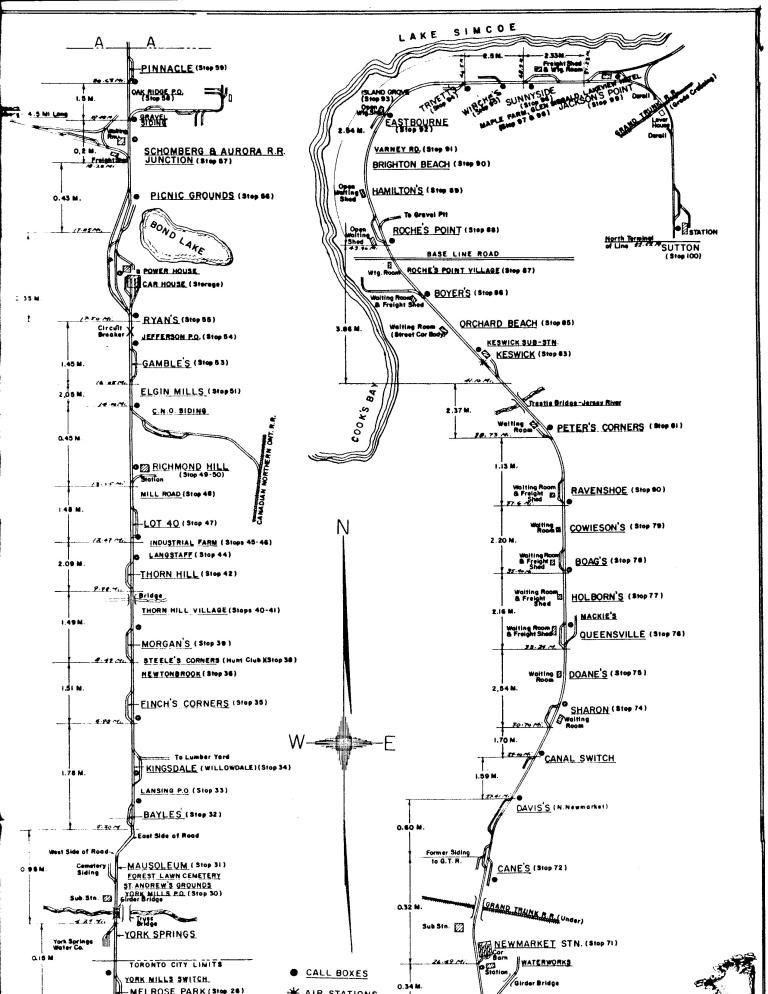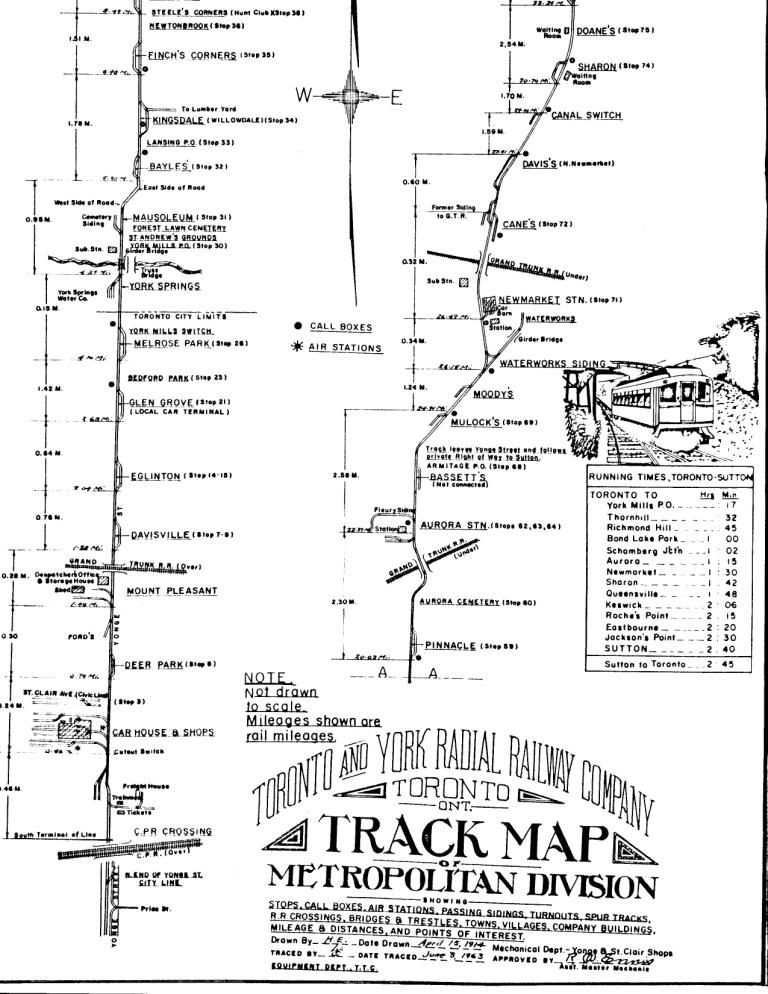CDL.TO
Moderator
I always find it odd when people complain that extending the Bloor line to Square One would make it too long. But no one says the same about Yonge or Spadina even though I'm the YUS is longer than BD and is undergoing extension now at one end and possibly the other in the future.
I'm one of the people who first started pushing for GO to Square One instead of a Bloor-Danforth extension, and I have always said the same thing about the Spadina extension to Vaughan.
You also ignore the fact that:
- Getting downtown by BD requires a transfer, which is not necessary on the YUS.
- BD has closer stop spacing than the YUS (outside downtown), making the trip even longer.
- The Milton line could potentially offer intermediate TWO points to transfer to the subway line, while a GO line to Vaughan would offer one, and to Richmond Hill would offer zero. This means that a Milton line would offer quicker trips for BOTH those headed to UofT/Yorkville AND those headed downtown.
It bugs me when I see that "improve the Milton line" seems to have become a proposal for people who don't want to see the 905 get subway extensions. "Improve the Milton line" should be a rallying call for people who think that a BD line ISN'T GOOD ENOUGH for Mississauga. Mississauga has three-quarters of a million people (over three times the size of Vaughan)! Most of them live west of Hurontario! It's a big place and a BD line will not do nearly enough!
Make your choice:
- Dedicated tracks on the Milton line, allowing trains to run every 5 minutes (if needed), serving Meadowvale and Streetsville and Erindale and Cooksville and Dundas East and Kipling, then running express to Downtown Toronto with only one or two intermediate stops? (Essentially the Metrolinx plan.) Approx travel time from Cooksville to downtown: 30 mins. Fares: Same as local transit due to fare integration. Capacity: sufficient.
- Extend the Bloor-Danforth line. Force transit users west of Hurontario to continue to take a bus to Square One. Squeeze on an overloaded Bloor-Danforth train when you make the required transfer at St. George on the trip home. (What Corescanti prefers for some reason) Approx travel time from Cooksville to downtown: 50 mins. Capacity: Insufficient.
Choose regional rail if you want Mississauga to grow and intensify because it's within transit commuting distance of from the whole western GTA. Choose a BD extension if you want the status quo, but just a little bit faster.
Last edited:




